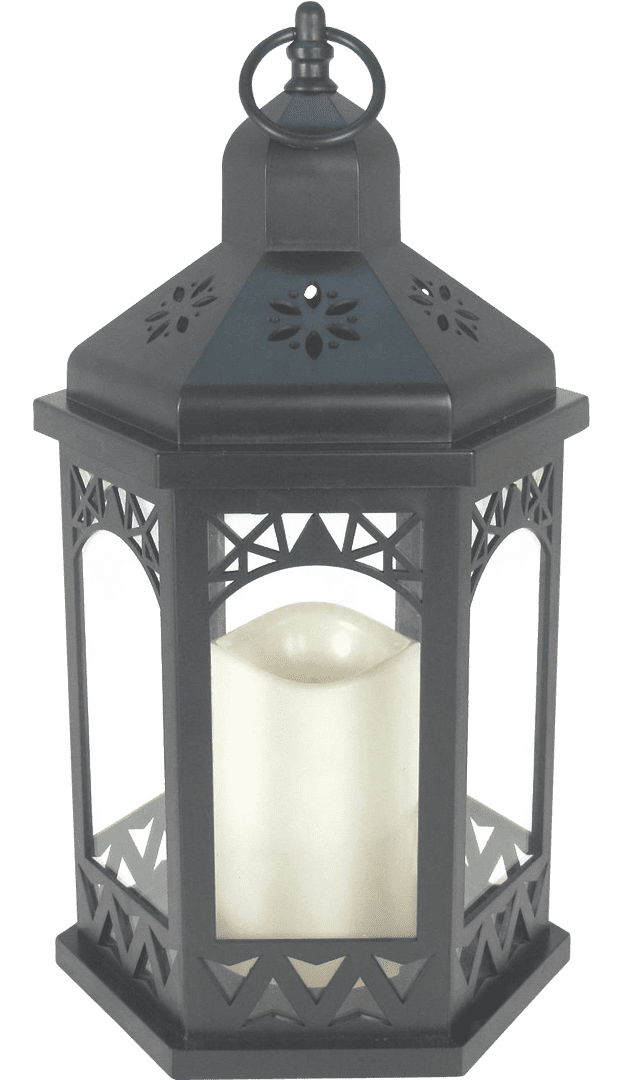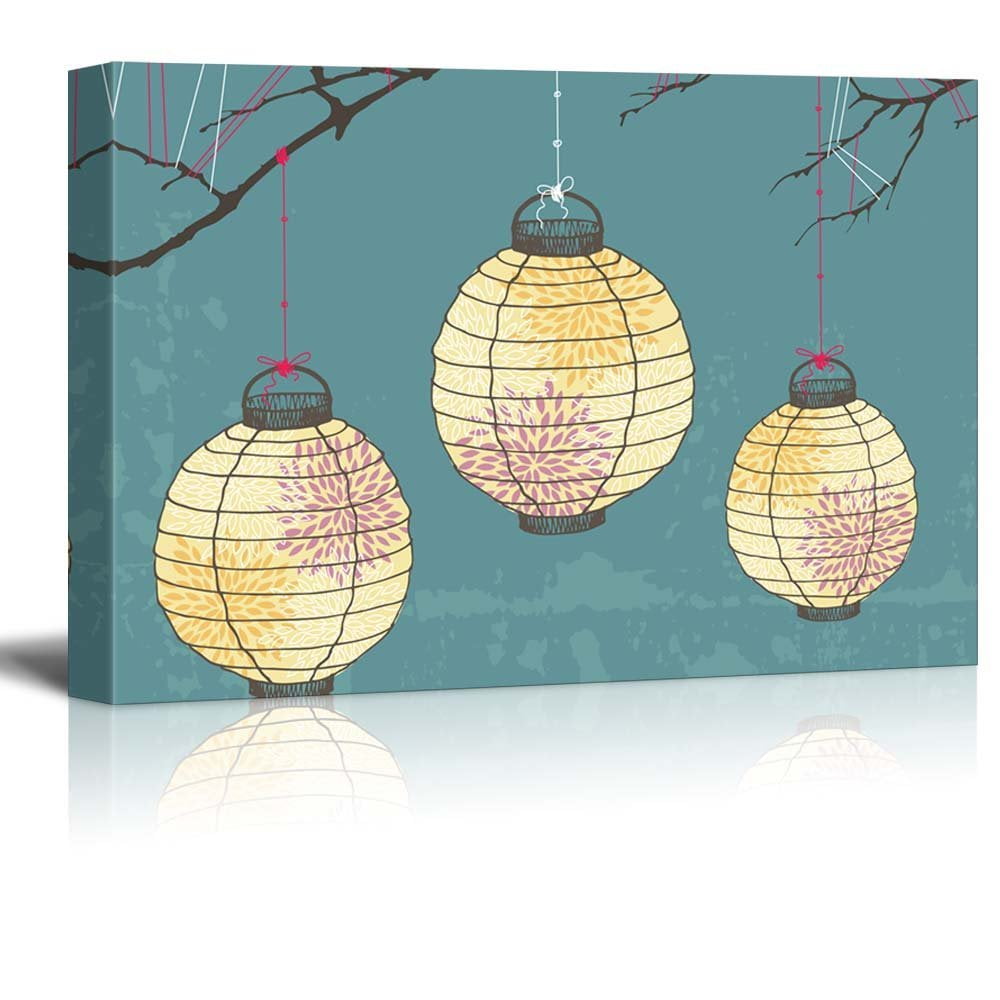
While mature specimens are cold hardy, young seedlings are more vulnerable to cold weather.Īlso make sure your soil has warmed to 65 to 75☏, for successful germination. To sow directly into your garden, wait until all danger of frost has passed in spring. You can start Chinese lantern in the same way that you would start annuals indoors – read more about this process in our guide. If you decide to start them indoors for later transplanting, time your seed sowing for six to eight weeks prior to your last spring frost. If you’re growing winter cherry from seed, you can either sow the seeds directly into your soil, or start your seedlings indoors and set them out after your last frost. PropagationĬhinese lantern can be propagated either by sowing seeds, or by dividing rhizomes to start new plants. If you’re concerned about winter cherry’s ability to spread, I’ll cover tips on keeping it contained in the maintenance section below.

officinarum as an ornamental plant or a medicinal one, be aware that it naturalizes easily, spreading via underground rhizomes, and is considered invasive in some areas. Medicinal uses aside, the fruit is reported as tasting either completely bland or exceedingly acidic. While the small, round fruits of this bladder cherry are edible when fully ripe, unripe fruits as well as the other parts of the plant are considered highly toxic if ingested. Like ground cherry and tomatillo, Chinese lantern grows its fruits enclosed within papery calyxes or husks. It was formerly known as Physalis alkekengi but has been reclassified – we’ll get to that story in a bit – and it bears a strong family resemblance to its relatives in the Physalis genus, ground cherry and tomatillo.Ī member of the nightshade or Solanaceae family, Chinese lantern is also related to petunias, tomatoes, eggplants, peppers, and potatoes.

Cultivation and HistoryĪlkekengi officinarum, or as it is commonly known, “Chinese lantern,” is an herbaceous perennial that is hardy in USDA Zones 3 to 9. The subject of this article, on the other hand, is a small, deciduous herbaceous plant known for its papery, red-orange husks.

aurantiaca is a perennial covered with yellow flowers that is more often called “Chinese lantern lily.” abutilon is an understory tree that belongs to the mallow family, and S. Before we get started, a bit of clarification is in order.ĭon’t confuse this “Chinese lantern” with two other plants that go by the same common name, Abutilon pictum and Sandersonia aurantiaca.Ī.


 0 kommentar(er)
0 kommentar(er)
